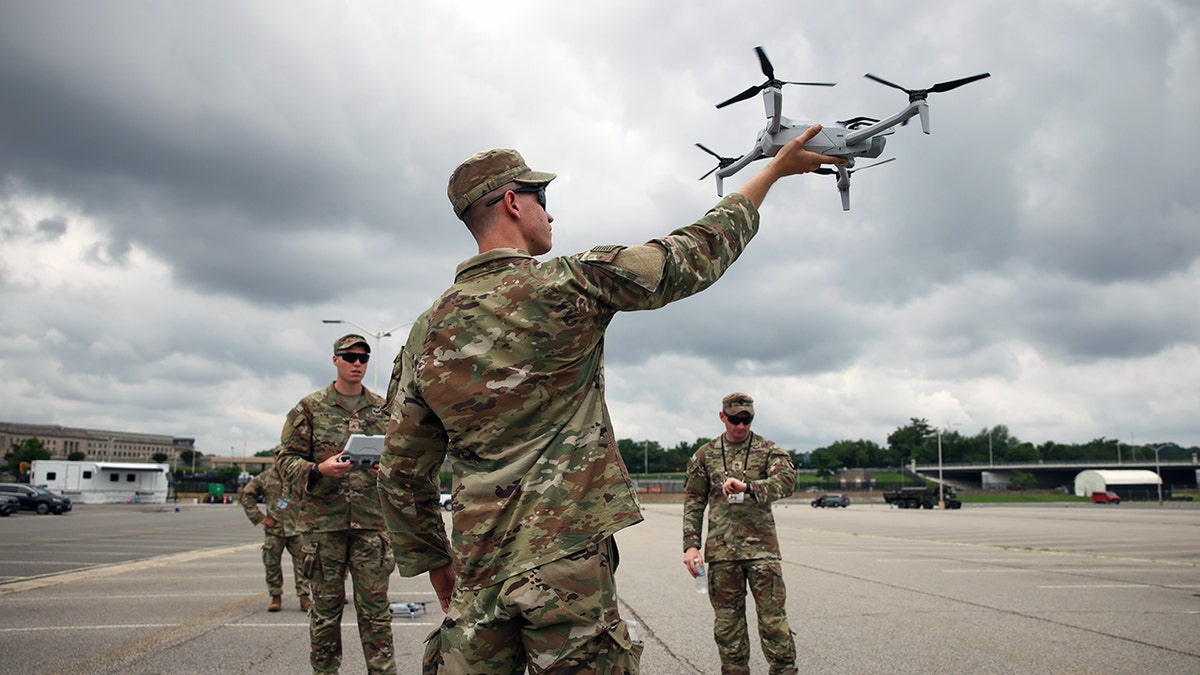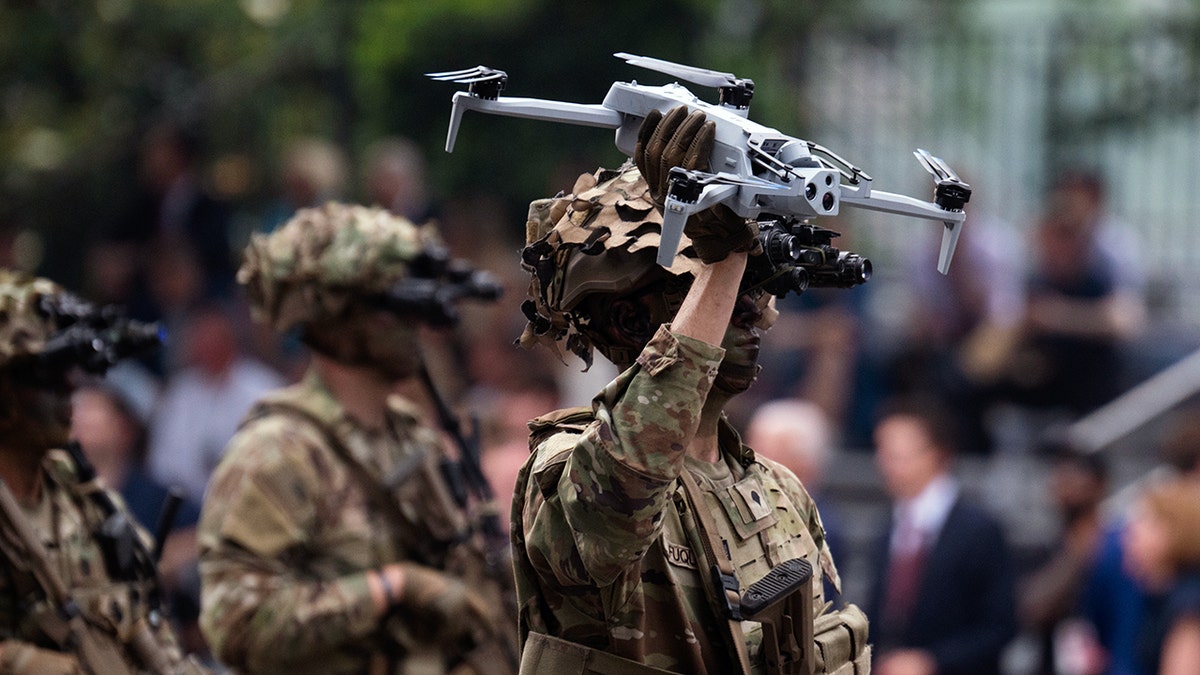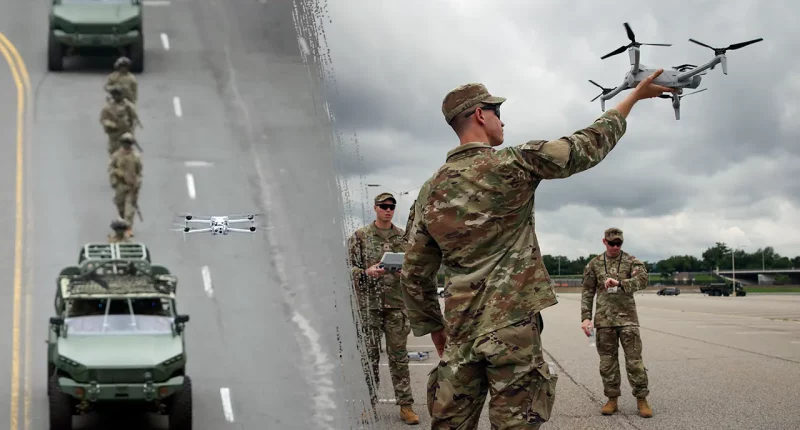Share this @internewscast.com
NEWYou can now listen to Fox News articles!
As the war between Israel and Iran intensifies, one Army drone expert is warning that the U.S. must stay ready, and fast.
Staff Sgt. Garrett Butts is helping lead the charge by building smarter, cheaper unmanned aircraft systems (UAS) in-house for the battlefield.
In an exclusive conversation with Fox News Digital on Tuesday, Butts shared details about how his team is innovating by developing drone technology from the ground up. This often involves acquiring components, a process that can take up to a year to complete legally.
“We function as a transformation and contact unit,” explained Butts, a member of the 1st Cavalry Division. “Our mission is to internally design our own SUAS (small unmanned aircraft systems) to reduce the costs and time associated with procurement.”

A soldier holds a drone in the Pentagon parking lot on June 14, 2025 in Arlington, Virginia. (Samuel Corum/Getty Images)
Since his team is focused on preparing soldiers to handle drone threats, they required special permissions to purchase components similar to those used by adversaries. Butts noted that drones provide U.S. troops with a significant edge, as they allow infantry units to survey areas beyond obstacles.
“Put a camera up, look at the objective or look over an obstacle… to ensure their safety,” he said. “Those are the biggest winning factors of our SUAS systems.”
However, it is not just about seeing. Drones can also be armed to deliver targeted strikes.
“You can arm some of these systems and basically create a cost-effective precision-guided munition,” he said. “At a fraction of the cost.”
Butts’s team is involved in “Pegasus Charge,” a new Army effort to test future tactics and technology for heavy combat units. “We are going to innovate, experiment, test and develop different tactics, techniques and procedures,” Butts explained.
His team is trying out in-house ideas and will look to privatized industry for more advanced options once funding is available.

A soldier holds a drone in the U.S. Army’s 250th anniversary parade on Constitution Avenue, NW, which is also President Donald Trump’s 79th birthday, on Saturday, June 14, 2025. (Tom Williams/CQ-Roll Call, Inc via Getty Images)
After training for nine months in Poland and Germany, Butts and his team returned with new strategies for using drones in real-world situations. He believes the Army must work closely with industry to get the best tools quickly. Butts also sees artificial intelligence playing a big role. Right now, drone operators need advanced navigation training, which takes time and is hard to maintain.
“If we’re able to integrate AI solutions that could mitigate for that training or replace that training, that would be a huge step in the right direction,” he said.
Butts said working on cutting-edge technology has been a meaningful experience.
“Being at the forefront of it is pretty incredible,” he said. “Watching how the technology is evolving in front of your eyes… it really sparks ingenuity.”
He did not plan on staying in the Army, but a chance offer to become a drone operator changed his path.
Now, as the Army celebrates its 250th birthday and the world watches rising conflict, Butts said he sees real momentum.
“Our military is innovating,” he said. “And it’s truly incredible to watch.”
















